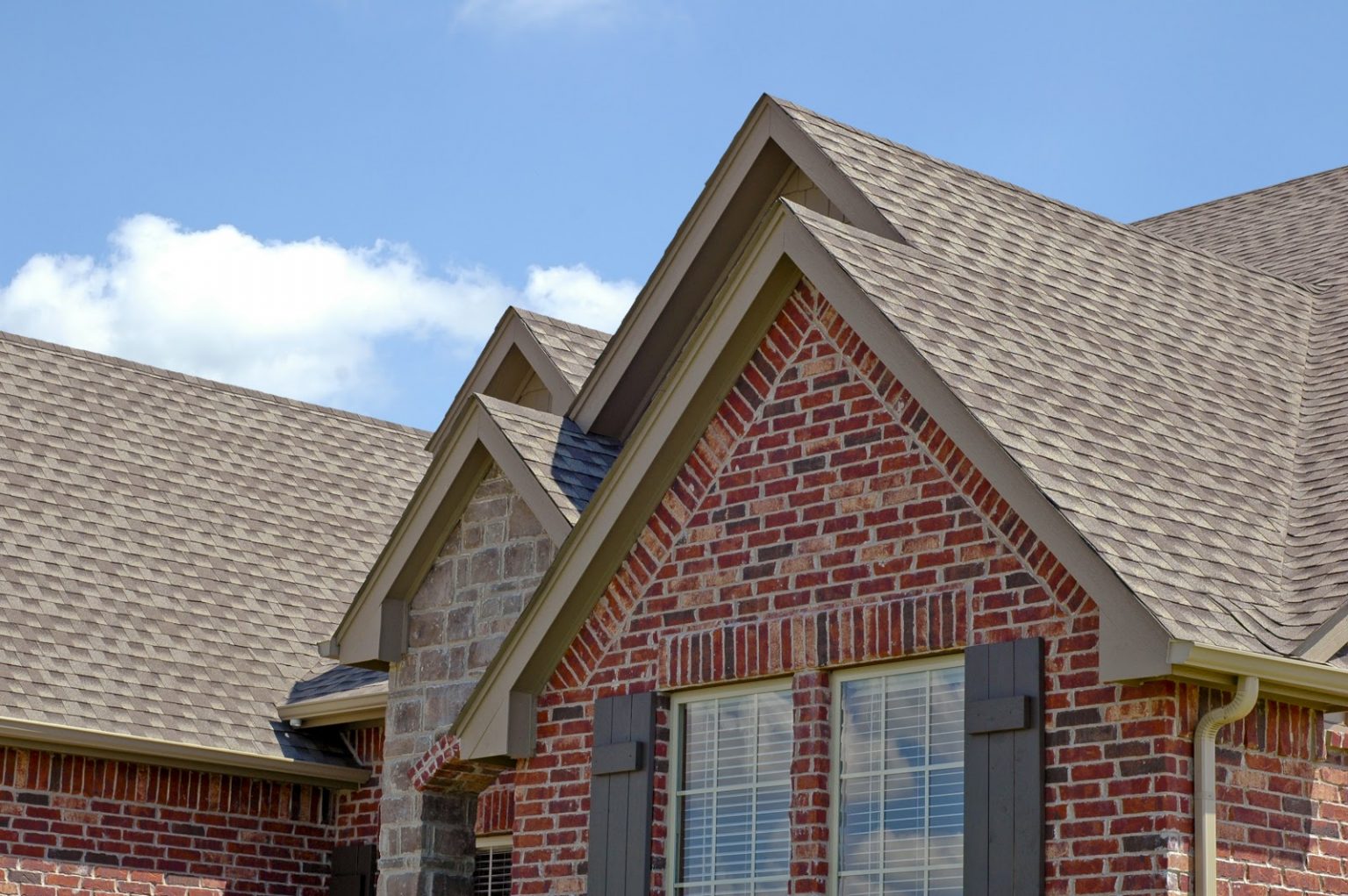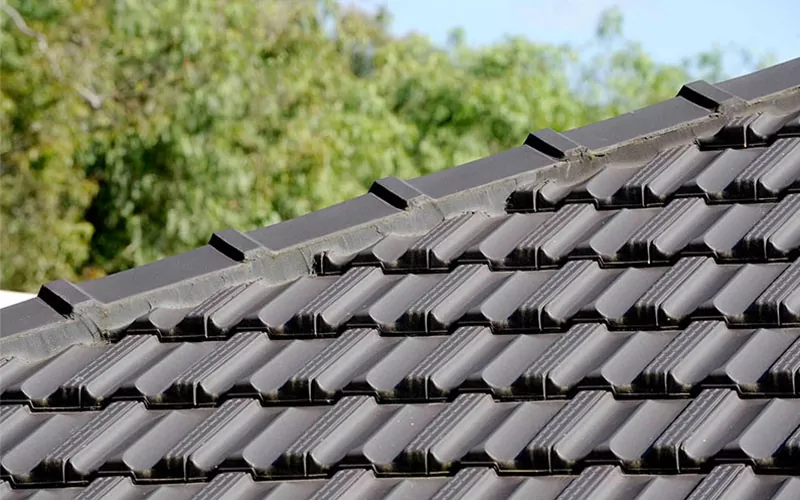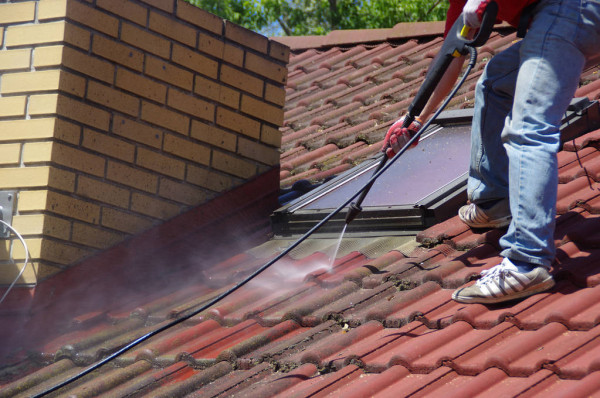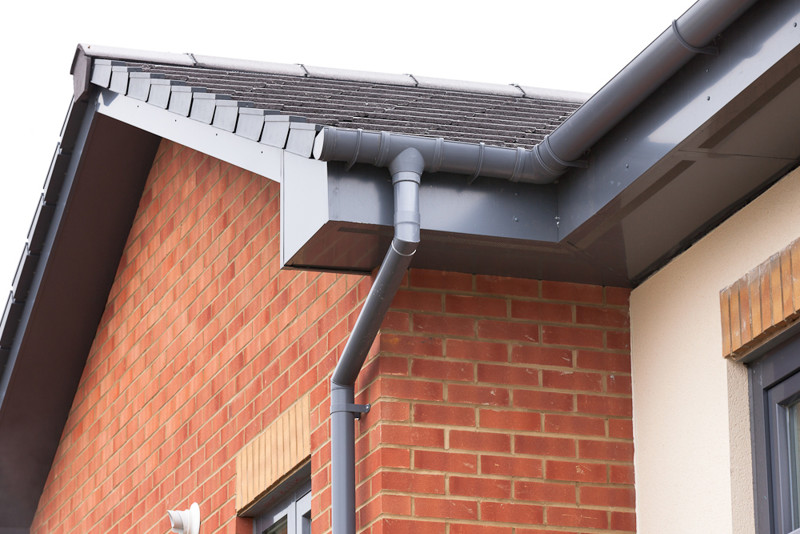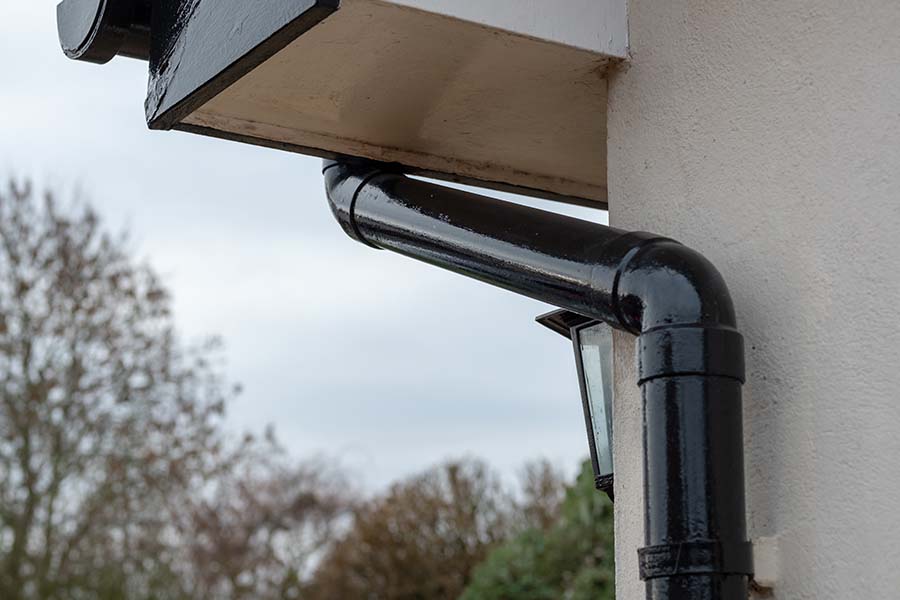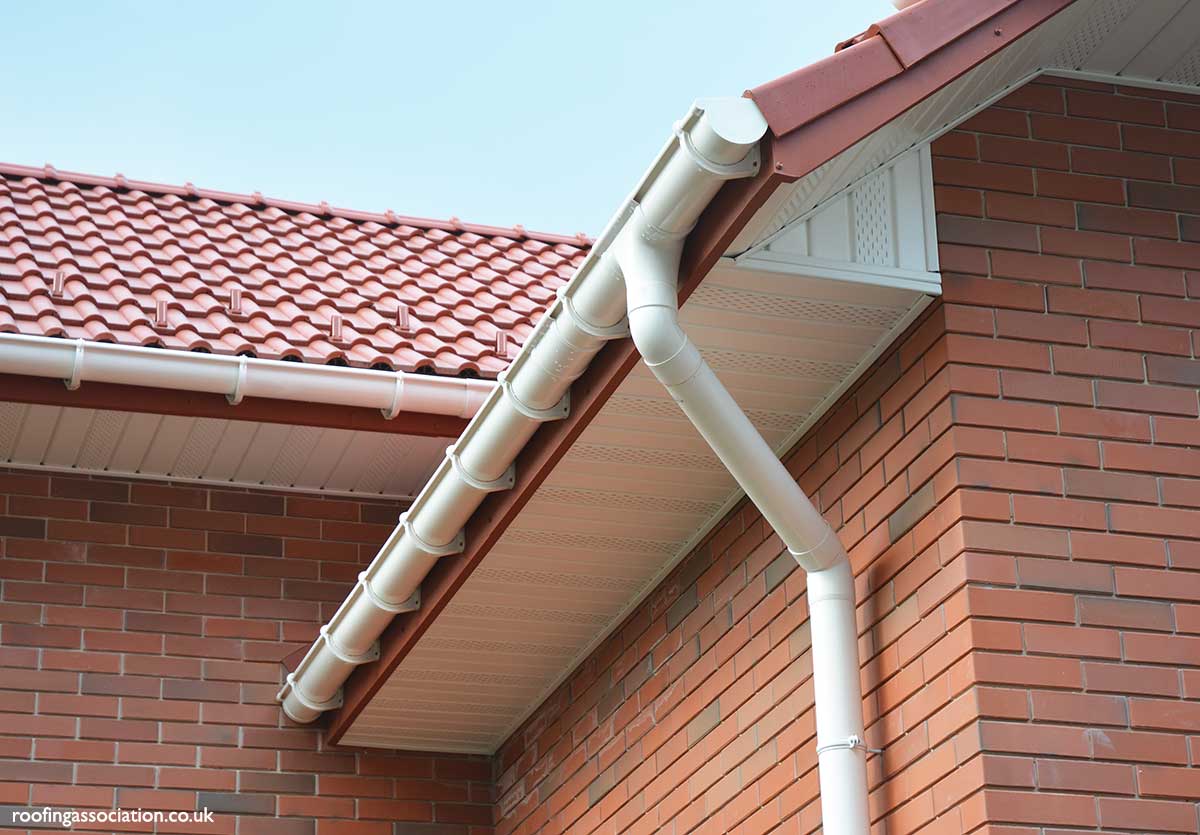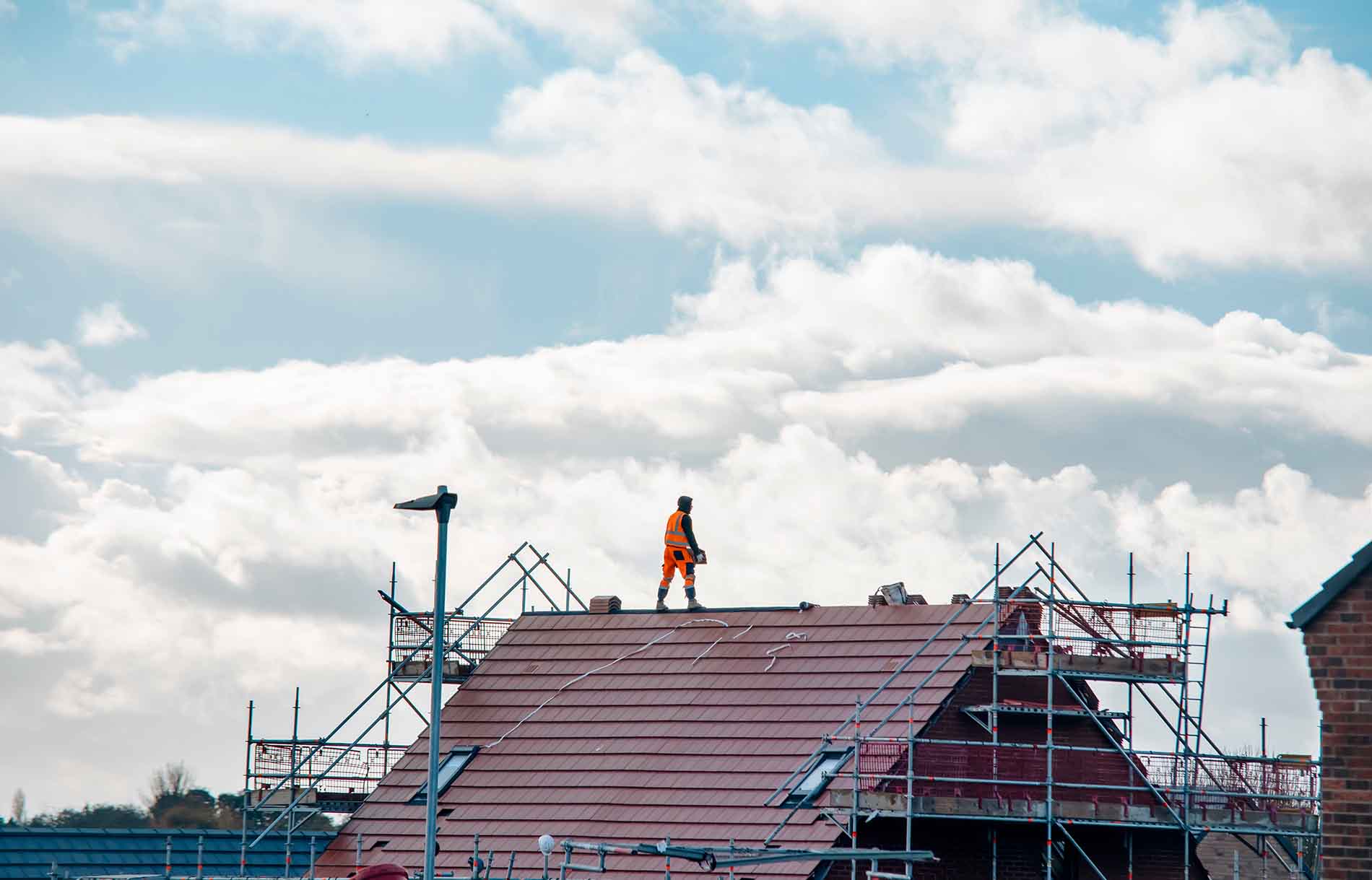We recommend having your roof professionally inspected at least once a year, ideally in autumn before winter weather. Additional inspections are advisable after severe storms or extreme weather events to check for damage.
Moss thrives in damp, shaded environments, making north-facing and tree-shaded roofs particularly susceptible. While small amounts are normal in the UK climate, excessive moss should be removed as it can trap moisture against your roof, potentially causing damage over time.
Gutters should be cleaned at least twice a year—typically in spring and autumn. Properties with many overhanging trees may require more frequent cleaning. Regular maintenance prevents blockages that can lead to water damage to fascias, soffits, and the building's foundation.
Regular roof maintenance includes inspections, clearing debris, cleaning gutters, removing moss and algae, checking for damaged or slipped tiles, ensuring flashing is intact, and examining ridge tiles and pointing. Preventative maintenance extends roof life and prevents costly repairs.
Yes, it's normal for roof tiles to fade over time due to UV exposure and weathering. This is generally an aesthetic issue rather than a functional one. Some modern roof tiles are manufactured with UV-resistant coatings to minimize fading.
Signs of storm damage include missing, cracked, or broken tiles, visible leaks or water stains on ceilings, granules from asphalt shingles in gutters, damaged flashing, and dents from hail. After severe weather, it's advisable to have a professional inspection.





